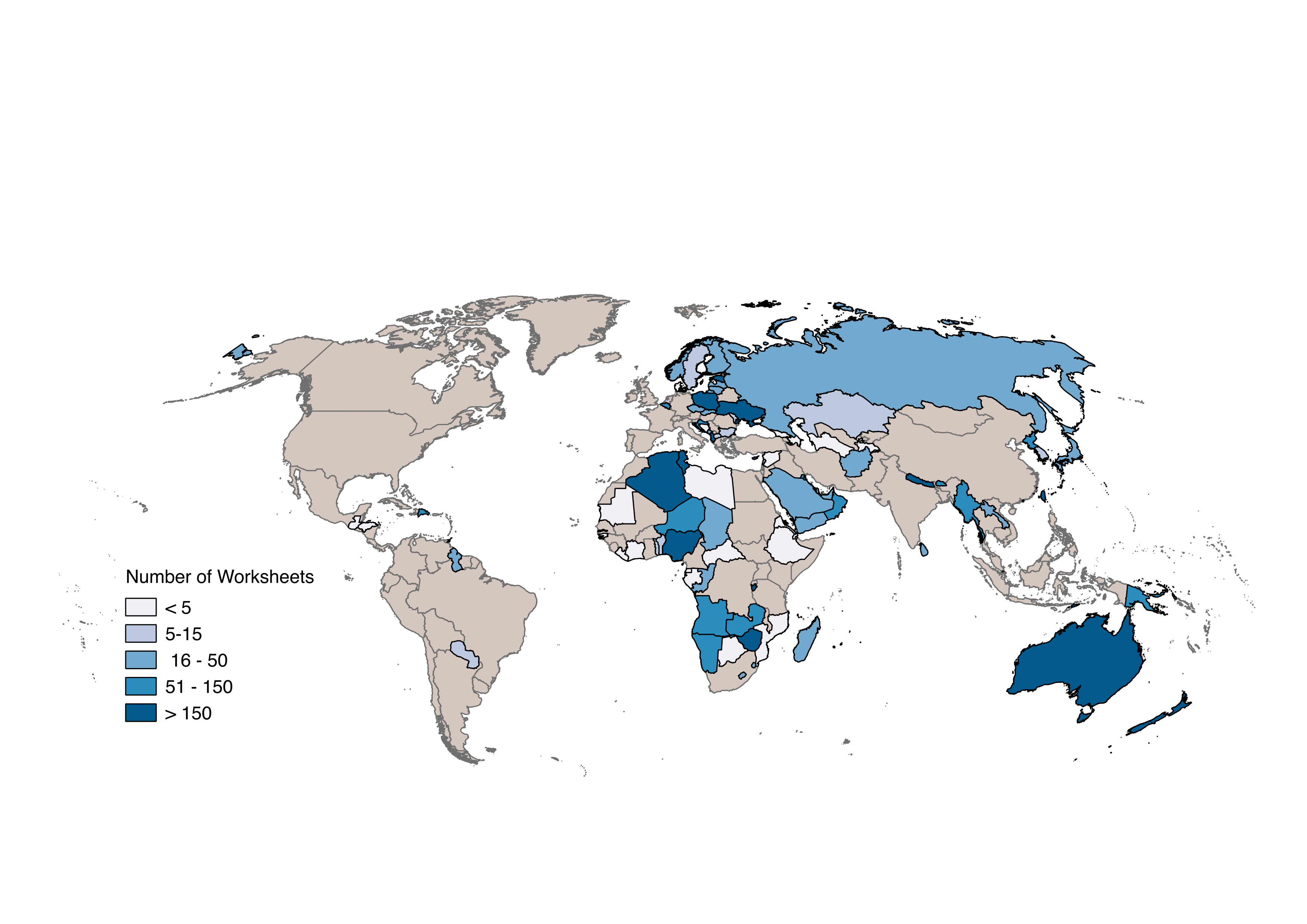In August, the IPUMS International team traveled to the International Statistical Institute World Statistics Congress 2019 (ISI-WSC) in Kuala Lumpur. In addition to the IPUMS exhibit booth and the hands-on workshop during the conference (from August 18-23), IPUMS International enjoyed facilitating several pre-conference activities.
IPUMS International
Posts related to IPUMS-I
IPUMS International 2019 Data Release
It’s that time of year again: IPUMS International data release season! This year’s release includes new 20% samples for all current Brazil data sets, additional samples for Cambodia, Fiji, and Nepal, new samples for Guatemala, Laos, Russia, and Togo, and Labor Force Survey samples for Spain and Italy. All of these new samples and all current data can be accessed at IPUMS International.
IPUMS International Goes Around the World
IPUMS International has been living up to its name. In June and July, International staff traveled to four different conferences and braved the sweltering heat to talk about IPUMS with data users and producers, old and new. Here is a summary of their summer activities.
Where IPUMS Begins: The 1880 U.S. PUMS

The IPUMS journey to global domination dissemination is being celebrated this summer through an exhibit in the Seminar Room at the Minnesota Population Center.
Wrangling International Census Tables
 IPUMS-International currently disseminates census microdata from 82 countries around the world. It’s an impressive collection. But it still only covers about half the world’s countries. Under the TerraPop project, we are working to assemble a truly comprehensive global collection of population data.
IPUMS-International currently disseminates census microdata from 82 countries around the world. It’s an impressive collection. But it still only covers about half the world’s countries. Under the TerraPop project, we are working to assemble a truly comprehensive global collection of population data.
Learning from Data: From Systemization to Investigation

Benjamin Hartman is a 2016 Summer Diversity Fellow at the MPC. As part of his fellowship, he learned how to take unprocessed data to produce harmonized IPUMS-I data and documentation, make GIS maps, and conduct his own case study investigating the spatial dimensions of internal migration using the Cambodian census. Hartman worked with his colleagues in IPUMS International to create this blog post.
How Historical Data Become Public

An enormous amount of information about the characteristics and activities of ordinary people is just waiting to make its debut for researchers to analyze — two billion people and their households, spanning over 100 countries, from 1703 to the present day. All these data will be available for computer analysis by the general public, for free, by 2018.
